
Nicaragua is one of the poorest countries on earth with fewer people than Wales, yet under the reformist Sandinistas in the 1980s it was regarded in Washington as a "strategic threat". The logic was simple; if the weakest slipped the leash, setting an example, who else would try their luck?
The great game of dominance offers no immunity for even the most loyal US "ally". This is demonstrated by perhaps the least known of Washington's coups - in Australia. The story of this forgotten coup is a salutary lesson for those governments that believe a "Ukraine" or a "Chile" could never happen to them.
Australia's deference to the United States makes Britain, by comparison, seem a renegade. During the American invasion of Vietnam - which Australia had pleaded to join - an official in Canberra voiced a rare complaint to Washington that the British knew more about US objectives in that war than its antipodean comrade-in-arms. The response was swift: "We have to keep the Brits informed to keep them happy. You are with us come what may."
This dictum was rudely set aside in 1972 with the election of the reformist Labor government of Gough Whitlam. Although not regarded as of the left, Whitlam - now in his 98th year - was a maverick social democrat of principle, pride, propriety and extraordinary political imagination. He believed that a foreign power should not control his country's resources and dictate its economic and foreign policies. He proposed to "buy back the farm" and speak as a voice independent of London and Washington.
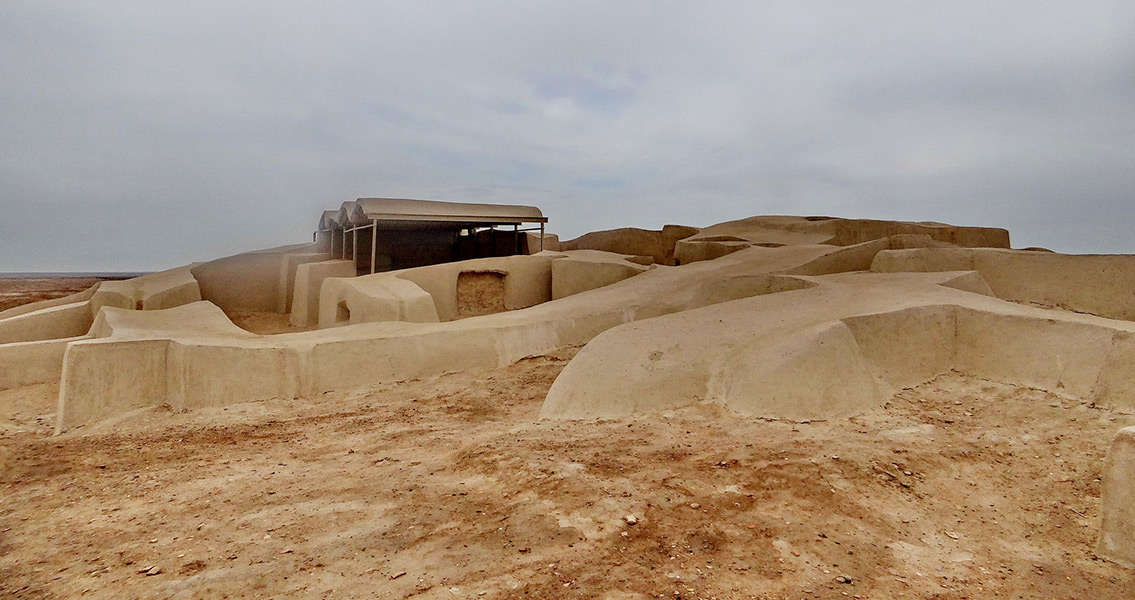
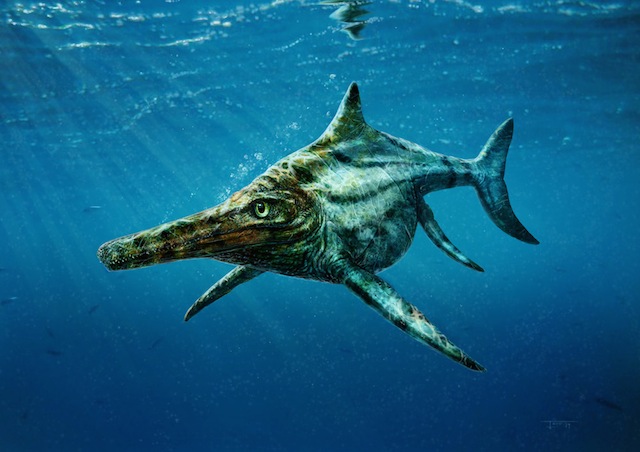
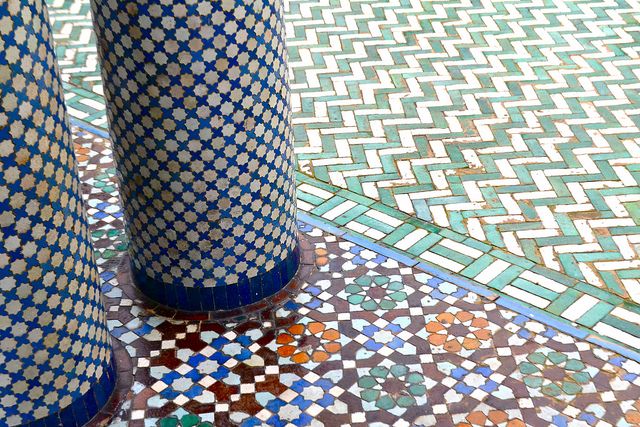
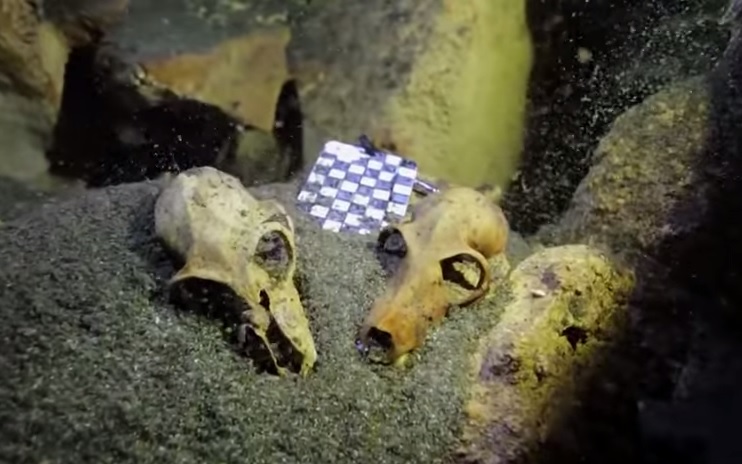


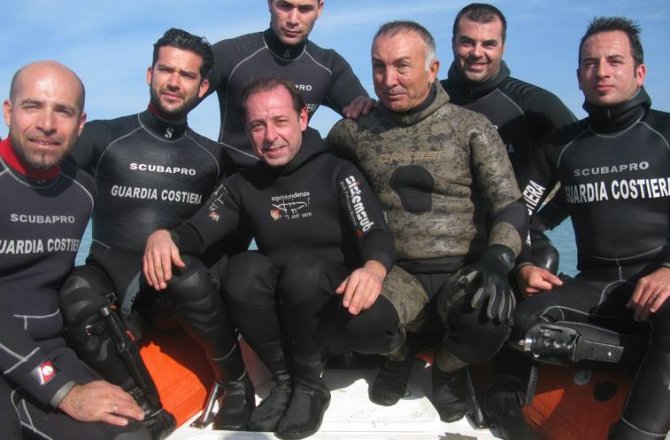
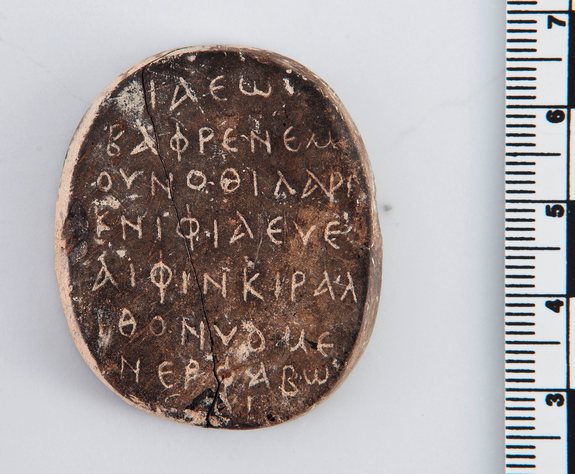
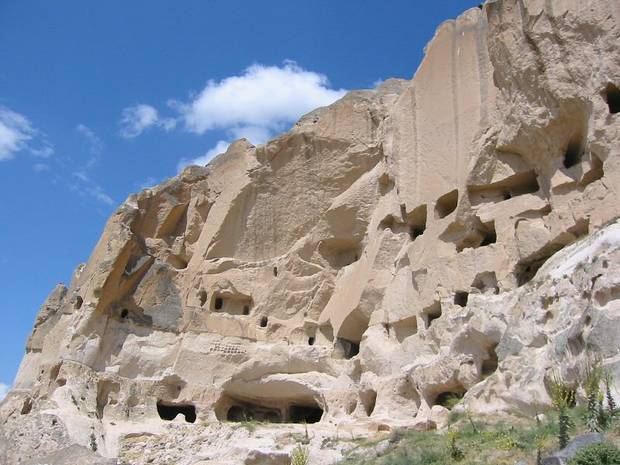



Comment: And so it goes. Perhaps the fact that the meddling in Australian politics was a "bloodless coup" was a tiny blessing. Still, it's just one more example of the decades of arrogance the US has displayed on the world stage, seeking to bend every other country to its will.